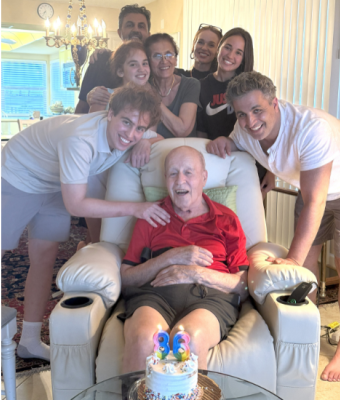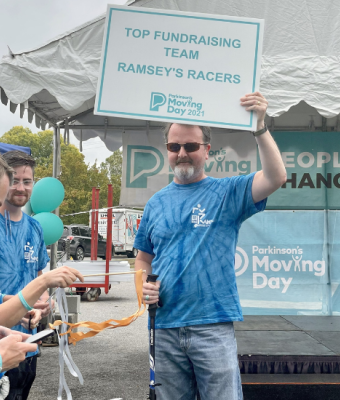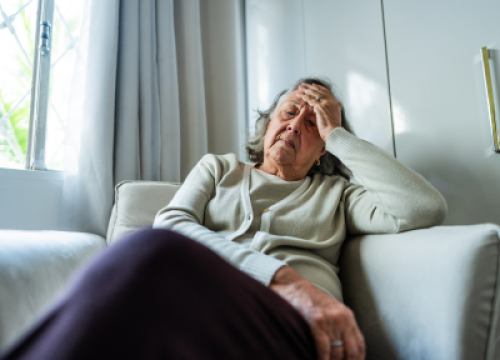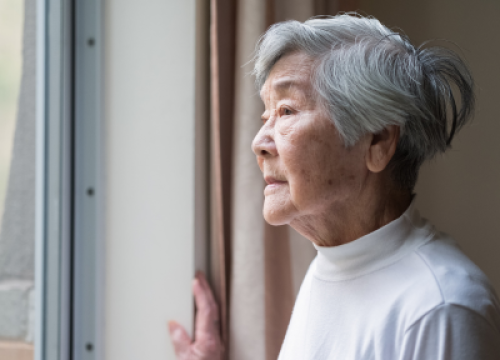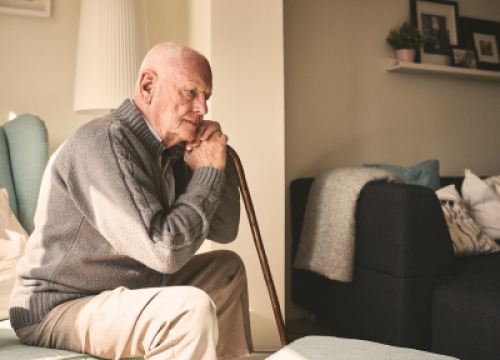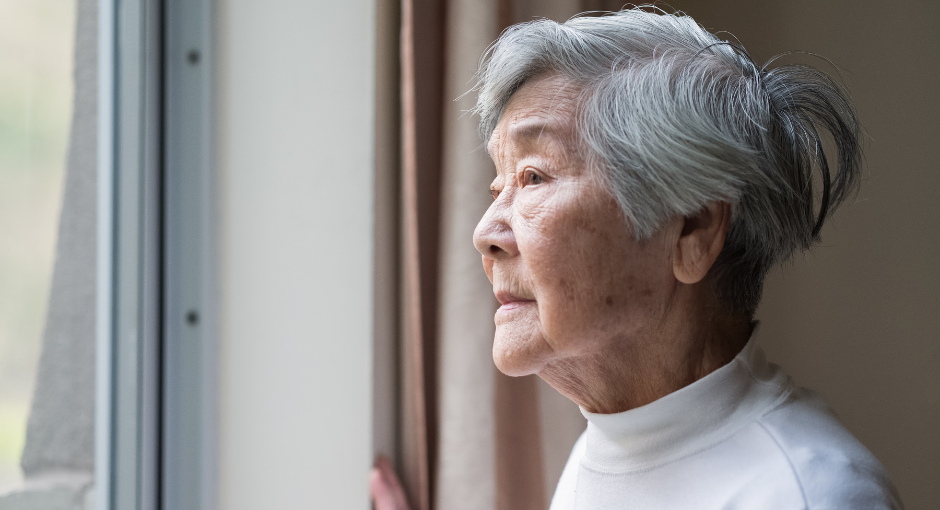Meet a Researcher Exploring Parkinson’s-related Sleep Disruption

The primary impact of Parkinson’s disease (PD) is a progressive loss of neurons in the brain that produce dopamine. Dopamine is a small signaling molecule used by neurons to relay messages and commands important for many tasks, including coordinated movement. As dopamine levels decline over time, the ability to perform these tasks decreases and manifests as PD symptoms.
It was recently discovered that dopamine likely plays a critical role in regulating sleep. People with PD often experience disrupted sleep as an early symptom of the disease, which significantly impairs health even before movement symptoms begin. Xiaolin (Lindsay) Huang, PhD, a recipient of a Parkinson’s Foundation Postdoctoral Fellowship, is exploring the neurochemistry behind dopamine and sleep, generating new knowledge to guide future therapies that treat PD-associated sleep disruption.
“As a neuroscientist, my long-term goal is to understand why people with Parkinson’s disease (PD) often have trouble sleeping and to find ways to help,” said Dr. Huang. “This interest was shaped by my research experience during college, graduate school and early postdoctoral training. Now, I use state-of-the-art tools to study how brain circuits that control sleep are affected in PD.”
Research suggests that dopamine is important for waking up and staying awake. However, diminishing dopamine in PD does not lead to chronic sleepiness like this finding would suggest. Dr. Huang, under the mentorship of Yang Dan, PhD, at the University of California, Berkeley, is solving this puzzle by investigating how dopamine signaling coordinates with the “sleep pressure” molecule called adenosine, as well as how dopamine deficits affect a sleep-regulating region of the brain called the medial substantia nigra pars reticulata (mSNr).
“By uncovering the neural mechanisms driving PD-associated sleep disturbances, the study will shed light on a critical and underexplored aspect of the disease,” said Dr. Huang.
While dopamine promotes wakefulness, adenosine promotes sleepiness. Adenosine accumulates in the brain throughout the day and eventually overwhelms dopamine levels, leading to growing tiredness until it is time for bed. Using mice with and without simulated PD, Dr. Huang will utilize highly sensitive brain monitoring techniques to observe how PD affects the balance between dopamine and adenosine and how that disruption may impact sleep behaviors.
Additionally, previous research from Dr. Dan’s lab has revealed that the mSNr region of the brain is important for regulating sleep-wake behaviors. Using the same experimental PD mice, Dr. Huang will assess if and how dopamine loss impairs neuron activity in the mSNr region, further disrupting sleep patterns in those animals.
These investigations into how PD-related sleep disruption are related to adenosine levels and mSNr changes can lead to future research and treatment development addressing this debilitating non-movement symptom.
“Receiving this award is both an honor and a pivotal step in my scientific journey,” said Dr. Huang. “It provides essential support for me to pursue an exciting project aimed at uncovering novel mechanisms underlying sleep disturbances in Parkinson’s disease. With the Foundation’s backing, I will actively engage with the broader PD research community through symposia and seminars, fostering meaningful collaborations and broadening my perspective on the field. This fellowship marks a critical milestone toward my long-term goal of establishing an independent research lab focused on understanding and treating sleep deficits in PD at the circuit and systems level.”
Meet more Parkinson’s researchers! Explore our My PD Stories featuring PD researchers.
Related Materials
Related Blog Posts

Top Parkinson’s Science News Articles of 2025

Celebrating 12 Milestones that Defined 2025















